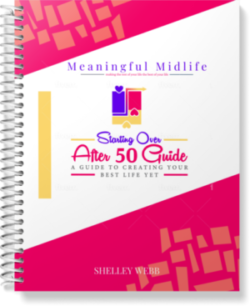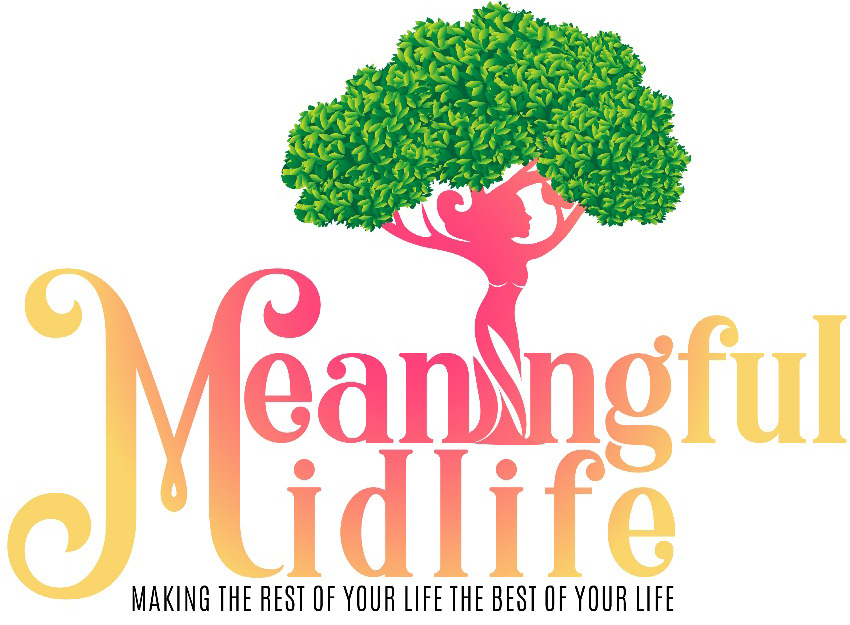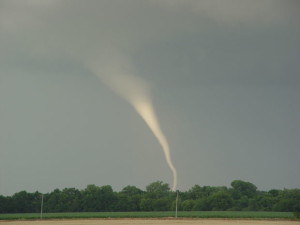Having lived in California for over 40 years and while working as an R.N., we were very aware of emergency preparedness. I once took a 2-day earthquake preparedness class and learned that there are many more items that should be included than those that are typically listed.
This past week, we had a windstorm that knocked over hundreds of huge trees and took power out for thousands of people.
When we think emergency, we generally think that an emergency room would be the place to go to get help.
With a natural disaster or a terrorist attack, an emergency room may even be the LAST place you want to visit. It will be utter chaos and supplies will be quickly diminished. It is best to leave the ERs for those with life-threatening conditions. (If you feel that you or your loved one does have a life-threatening condition, by all means, call 911.)
But for those of us with no or minimal injuries, having a good disaster preparedness kit and a plan is the best answer to maintaining health and safety until further assistance arrives.
Here are some disaster preparedness items to have on hand.
-
A good first-aid kit…….not just one with band-aids and alcohol wipes. You will need band-aids of different sizes, gauze squares and wrap, paper and plastic tape, bottled antiseptic, scissors, antibiotic ointment, alcohol wipes, bug-bite spray, disposable gloves (a box of them), a bottle of saline to use for eyewash, 2 packets of 81 mg aspirin (for those who may experience stress-related heart problems), Ibuprophen or Tylenol, elastic bandage roll (the kind used for sprains), a breathing barrier with a one-way valve, some surgical masks, instant cold packs, steri-strips, tweezers for slivers and a first aid instruction booklet.
-
Lists of important phone numbers and policy info – doctors, insurance agents, copy of powers of attorney, pacemaker and other implanted device serial numbers, family members, etc. (it’s good to note one family member who is not in the state where the disaster occurred because lines and cell sites may be jammed.)
-
Battery-powered radio and flashlights. Be sure to keep extra batteries in your kit, as well – AAAs. AAs, Cs and don’t forget the Ds for the larger flashlights and radios.
- Cell phone batteries/chargers and laptop chargers
- A water purifier
- A blood pressure cuff (and O2 saturation monitor if you have a heart condition)
-
Candles and matches.
-
Extra pair of glasses, if available. Don’t forget the reading glasses.
-
Hearing aid batteries – these are a must if you have a hard-of-hearing loved one.
-
List of prescribed medications and allergies for each person in the family.
-
Extra bottles of prescriptions, if obtainable.
-
Water – 1 gallon of potable water per person per day. (Remember to check expiration dates.)
-
Water – non-potable. If you are on a well or living off the grid, you will want to keep extra gallons of water for flushing toilets, etc.
-
Bleach – to clean germs and blood spills
-
$1 bills and other coins. There won’t be many people who can change a $20 and you can barter for items much better if you have the proper change.
- A generator that’s easy to operate
- A gas stove is good to have as you’ll still be able to use the top burners
-
A tent is helpful.
-
Feminine hygiene products – you can also use pads as large bandages.
-
Large trash bags, Duct tape and scissors (Large trash bags can be used to place in the toilet as a receptacle – tie or tape and dispose of properly.)
-
Non-perishable foods:
canned tuna, shrimp, salmon, crab meat, SPAM, Vienna sausage, chili con carne
peanut butter
nuts, seeds, chia seeds (high protein), oatmeal
jars or snack sizes of applesauce, fruits
instant or boxed liquid milk or nut milks
pastas, jarred spagetti sauces
Salami, beef jerky
energy bars
ENSURE or other supplement for seniors
other non-perishable items as desired – try to get foods with at least a 6-month shelf life
instant coffee
-
A non-electric can opener
- A cork screw 🙂
-
Anti-bacterial wipes and solution
-
Adult diapers for those who need them (these are actually good to use as pressure dressings for large wounds (as are sanitary napkins) – but remember, they will absorb a lot, so continue to apply pressure manually)
-
Change of clothing for each family member
-
Rain poncho (can also use the large trash bags)
-
Sturdy shoes
-
Oxygen Tank and extra tubing if needed
-
Extra set of keys
-
An extra room in your house to store all this stuff (KIDDING – kind of….:)
A large trash can is a great place to store your preparedness kit. Keep the foods on top so that you can check their expiration dates.
This does seem like a very long list but gathering and having these items available to you in case of an emergency will allow you to be prepared for many natural disasters.
LEARN TO LOVE YOUR LIFE AGAIN
 Do you feel like you need to hit the REFRESH button on your life? Download our free guide and begin to create your best life yet!
Do you feel like you need to hit the REFRESH button on your life? Download our free guide and begin to create your best life yet!





I would love to talk to you about how consumers should choose the safest products like generators and chargers, water purifiers, etc. I work on voluntary safety standards. We need consumers to particpate on safety standards committees, too!
Hi Cleo,
I would love to learn more. Could you send me an email at Shelley@ShelleyWebb.com?
Thanks!